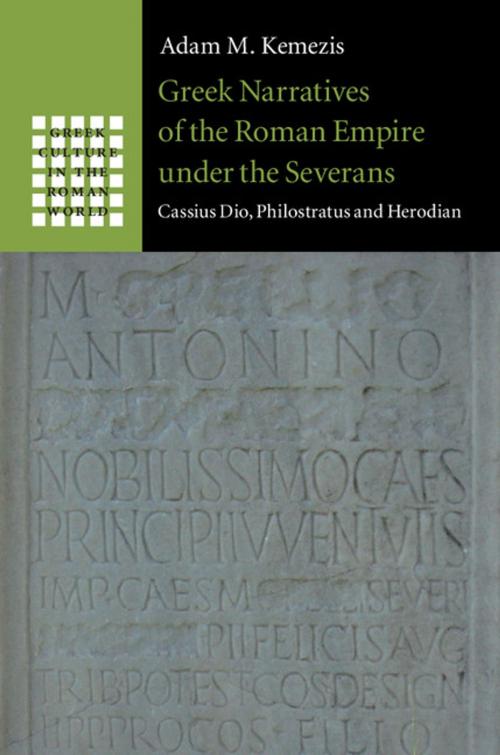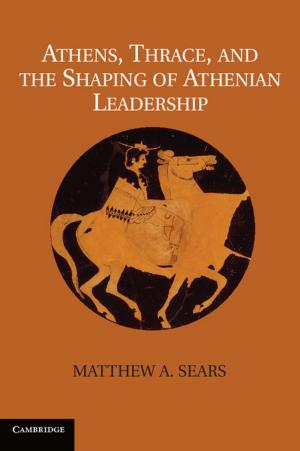Greek Narratives of the Roman Empire under the Severans
Cassius Dio, Philostratus and Herodian
Nonfiction, History, Ancient History, Fiction & Literature, Literary Theory & Criticism| Author: | Adam M. Kemezis | ISBN: | 9781316146996 |
| Publisher: | Cambridge University Press | Publication: | October 23, 2014 |
| Imprint: | Cambridge University Press | Language: | English |
| Author: | Adam M. Kemezis |
| ISBN: | 9781316146996 |
| Publisher: | Cambridge University Press |
| Publication: | October 23, 2014 |
| Imprint: | Cambridge University Press |
| Language: | English |
The political instability of the Severan Period (AD 193–235) destroyed the High Imperial consensus about the Roman past and caused both rulers and subjects constantly to re-imagine and re-narrate both recent events and the larger shape of Greco-Roman history and cultural identity. This book examines the narratives put out by the new dynasty, and how the literary elite responded with divergent visions of their own. It focuses on four long Greek narrative texts from the period (by Cassius Dio, Philostratus and Herodian), each of which constructs its own version of the empire, each defined by different Greek and Roman elements and each differently affected by dynastic change, especially that from Antonine to Severan. Innovative theories of narrative are used to produce new readings of these works that bring political, literary and cultural perspectives together in a unified presentation of the Severan era as a distinctive historical moment.
The political instability of the Severan Period (AD 193–235) destroyed the High Imperial consensus about the Roman past and caused both rulers and subjects constantly to re-imagine and re-narrate both recent events and the larger shape of Greco-Roman history and cultural identity. This book examines the narratives put out by the new dynasty, and how the literary elite responded with divergent visions of their own. It focuses on four long Greek narrative texts from the period (by Cassius Dio, Philostratus and Herodian), each of which constructs its own version of the empire, each defined by different Greek and Roman elements and each differently affected by dynastic change, especially that from Antonine to Severan. Innovative theories of narrative are used to produce new readings of these works that bring political, literary and cultural perspectives together in a unified presentation of the Severan era as a distinctive historical moment.















